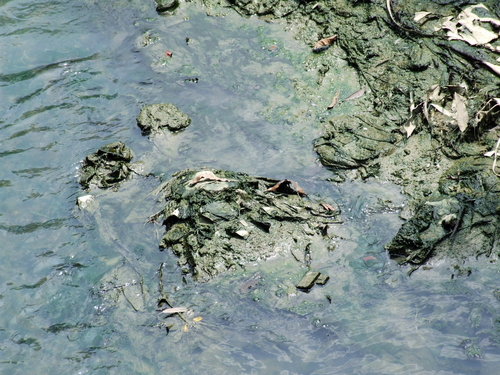 |
Q: When does a material or substance become a “solid waste” under RCRA?
A: The EPA considers a material or substance to be a solid waste when the generator makes the decision to discard it, such as when it is abandoned, recycled, is inherently waste-like, or is a military munition as defined in Part 261.2.
Q: What are the specific steps to take to determine if a waste is a RCRA hazardous waste?
A: There are essentially two main steps in the hazardous waste determination process under RCRA:
Step 1: Determine if the waste is a solid waste as defined in 40 CFR Part 261.2 – EPA defines solid waste as garbage, refuse, sludge, or other discarded material (including solids, semisolids, liquids, and contained gaseous materials).
Step 2: If a waste is a RCRA solid waste, determine if it is a hazardous waste under Part 262.11.
Hazardous wastes are either listed in one of the four lists (F, K, P, U) in Part 261 Subpart D, or in Part 261 Subpart C if they exhibit one of the four characteristic (ignitability, corrosivity, reactivity, or toxicity).
Solid wastes that are neither listed nor characteristic wastes are not considered hazardous under RCRA, however, states that are authorized to have their own hazardous waste programs may have more stringent waste identification and management regulations.
Join us on July 23 when you will learn an overview of the national e-Manifest system rule, including a discussion of key elements and rule process development and much more. Register Now.
Q: What are the differences between the four lists of hazardous wastes in Part 261 Subpart D?
A: The lists are defined as follows:
F List – designates as hazardous specific wastes from common industrial and manufacturing processes that may occur across different types and sectors of industries and thus known as wastes from non-specific sources.
K List – designates as hazardous particular waste streams from specific industries (i.e., wood preservation, organic chemicals, pesticides, etc.) and as such these are known as wastes from specific sources.
P List and U List – designate discarded commercial chemical products (CCPs) as hazardous. A CCP is generally defined as “a substance that consists of the commercially pure grade of the chemical, any technical grades of the chemical, and all formulations in which the chemical is the sole active ingredient.”
Join us on July 23 when our presenter will provide a clear understanding of exactly what will be required under the new rule and will suggest strategies for making the necessary changes to existing hazardous waste manifest process, in addition to providing insight into when full agency implementation will likely occur. Register Today.
Q: How does the EPA define each of the waste characteristics in Part 261, Subpart C?
A: Wastes that are not contained in Lists F, K, P, or U, may still be considered hazardous wastes if they exhibit any of the following characteristics:
Ignitability (D001) – Ignitable wastes create fires under certain conditions or are spontaneously combustible, or they have a flash point less than 60 °C (140 °F) and is fully defined in Part 261.21.
Corrosivity (D002) – Corrosive wastes are acids or bases (pH less than or equal to 2 or greater than or equal to 12.5) that are capable of corroding metal containers, such as storage tanks, drums and barrels, and is fully defined in Part 261.22.
Reactivity (D003) – Reactive wastes are unstable under "normal" conditions. They can cause explosions, toxic fumes, gases, or vapors when mixed with water, and are fully defined in Part 261.23.
Toxicity (D004 – D043)- Toxic wastes are harmful or fatal when ingested or absorbed (e.g., wastes that contain mercury, lead, etc.). When toxic wastes are disposed of on land, contaminated liquid may drain (leach) from the waste and pollute ground water. Toxicity is defined using the laboratory procedure called the Toxicity Characteristic Leaching Procedure (TCLP). The toxicity characteristic is fully defined in Part 261.24.
